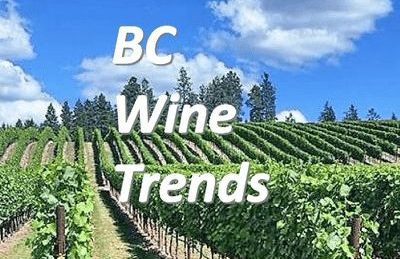Do you see a “signature” grape for the Okanagan Valley in the future? This is a question I have asked many Okanagan winemakers as I tasted their new vintage. The following is a typical response.
“No, it is not possible to say there is only one grape for the Okanagan valley going forward. Lake Country is perfect for Pinot Noir and cool-climate whites in the South it is better suited for Merlot, Cabernet Franc, Syrah and Viognier.“

The Okanagan Valley in British Columbia, Canada, is known for its thriving wine industry. The region is home to several distinct Geographical Indications (GIs). Each GI has its unique characteristics, and different grape varieties excel in these microclimates. However, it’s important to note that grape growing and wine production can be influenced by climate change and face challenges such as expensive vineyard land and competition from imported wines. Let’s explore these aspects in more detail starting with the sub-regions that make up the Okanagan Valley.
Lake Country
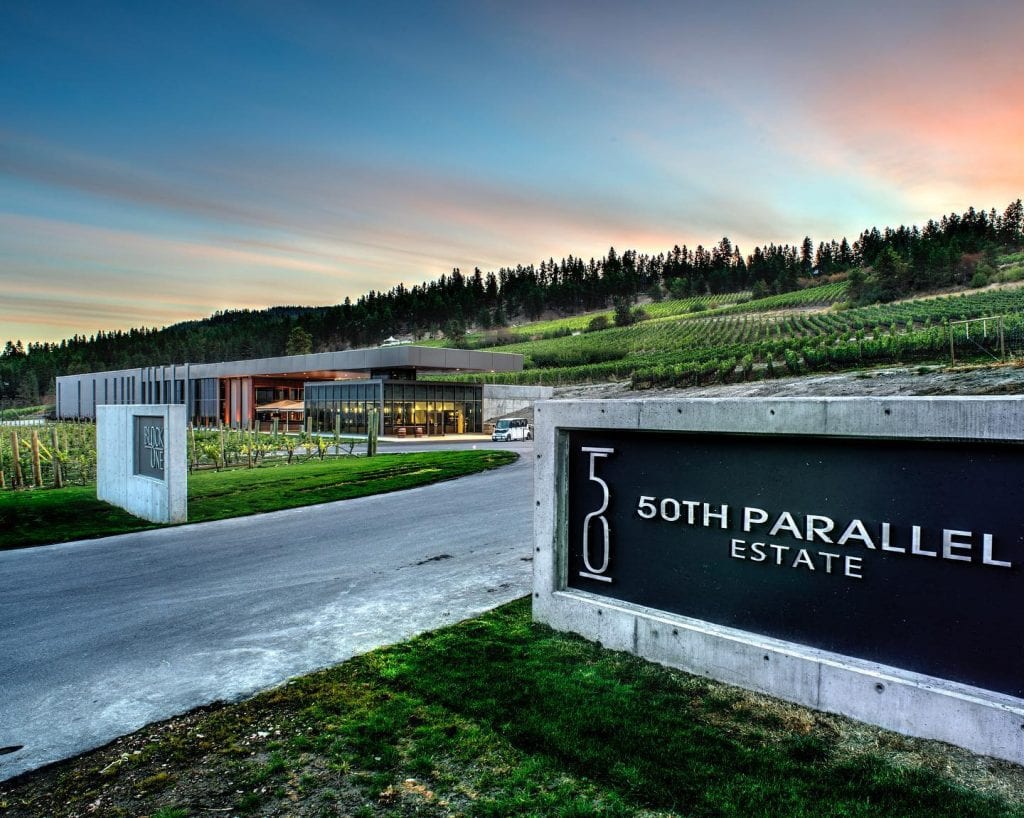
Lake Country is located in the northern part of the Okanagan Valley. This sub-region benefits from cooler temperatures and is known for producing excellent white varieties such as Riesling, Gewürztraminer, and Pinot Gris. These aromatic whites are well-suited to the region’s cooler climate. Here is a link to more information on Lake Country Wineries.
Kelowna
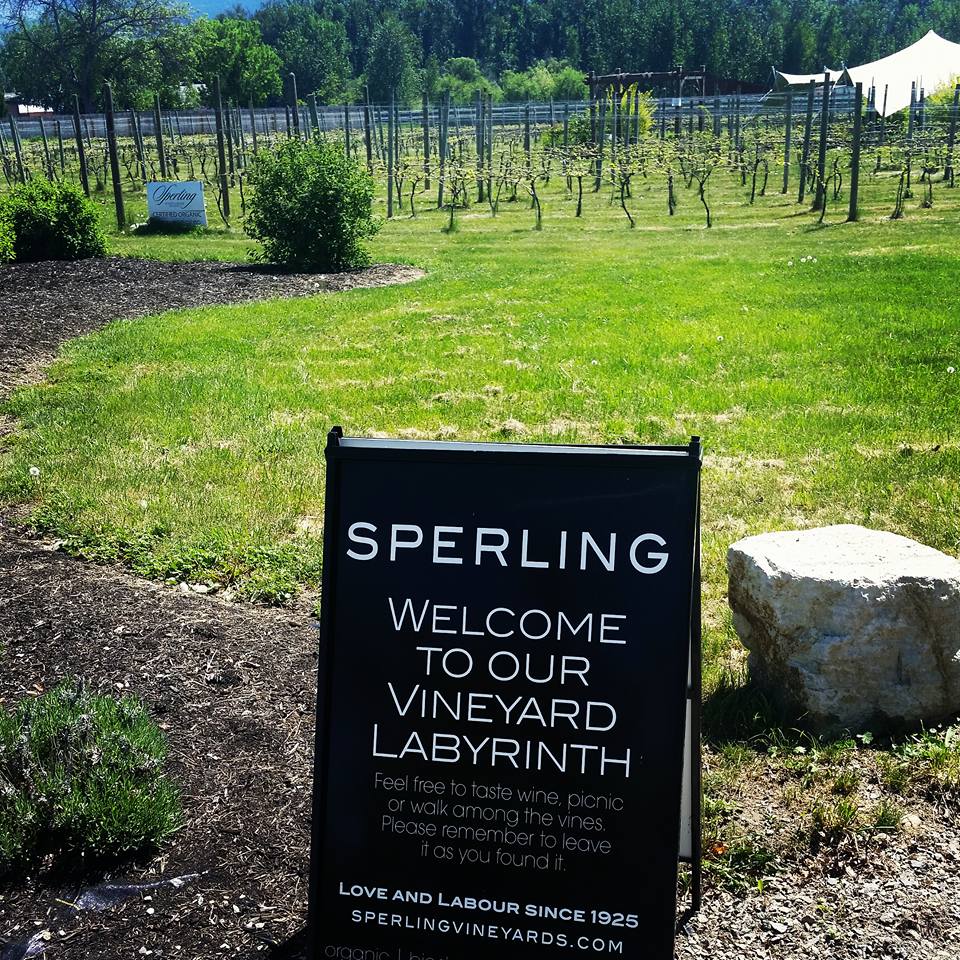
Kelowna is located in the central part of the Okanagan Valley and has a slightly warmer climate, making it suitable for both white and red grape varieties. Chardonnay, Pinot Noir, Merlot, and Cabernet Franc are popular choices. Kelowna’s terroir also lends itself to sparkling wine production, with traditional method sparkling wines gaining popularity.
Summerland
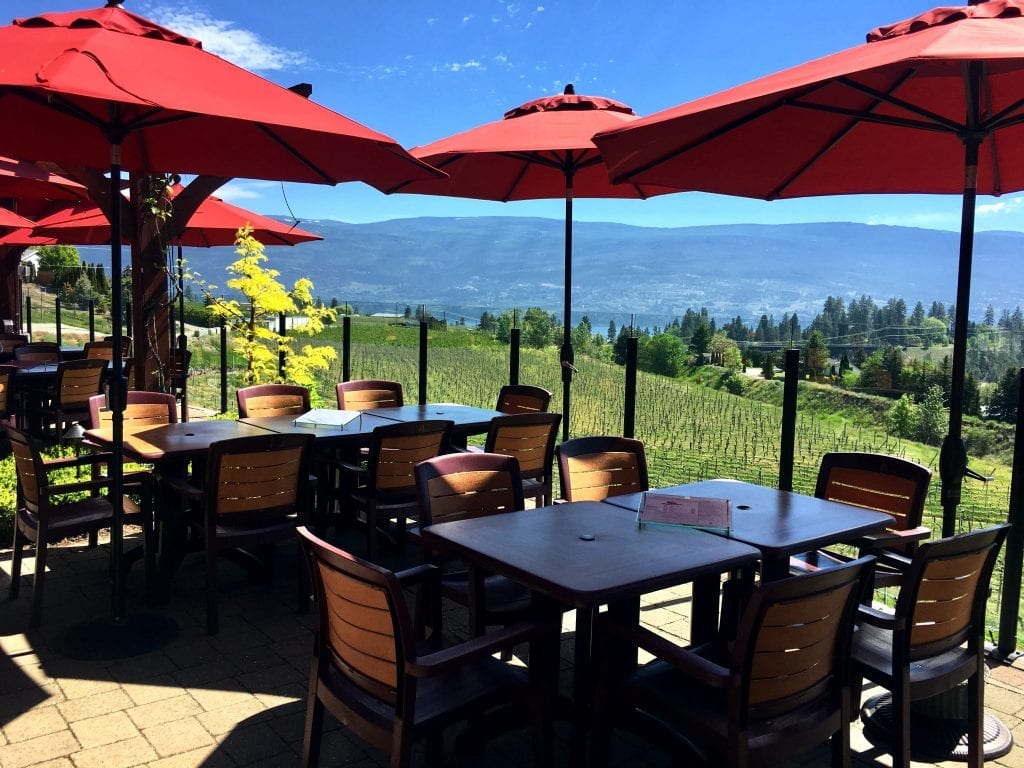
Summerland is located north of Penticton and benefits from the moderating influence of Okanagan Lake. This GI is known for its fruit-forward white varieties like Gewürztraminer, Pinot Gris, and Sauvignon Blanc. Additionally, it produces excellent reds such as Merlot, Cabernet Sauvignon, and Cabernet Franc.
Naramata
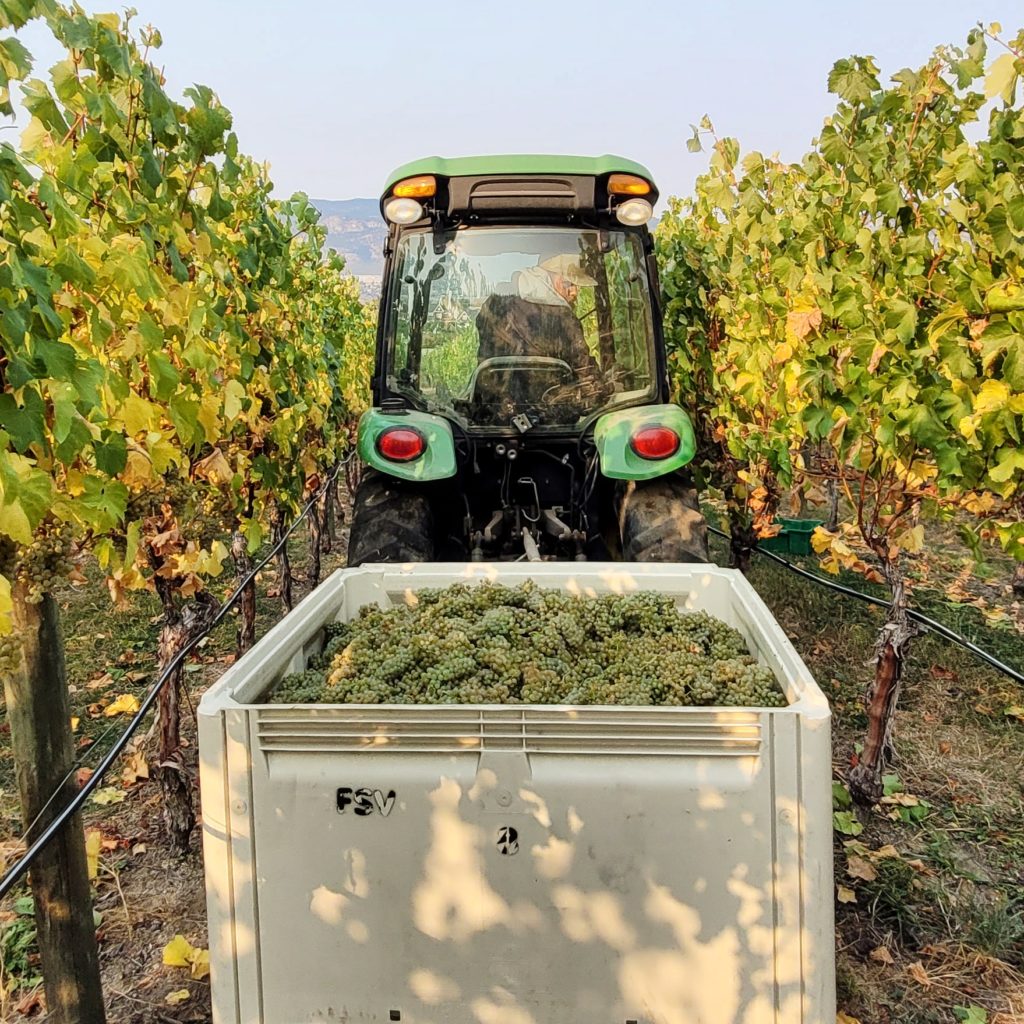
Naramata Bench, situated along the eastern shore of Okanagan Lake, has diverse microclimates due to its varied slopes and aspects. It excels in producing a range of grape varieties. Notable ones include Riesling, Chardonnay, Pinot Noir, Cabernet Franc, and Syrah. Naramata is celebrated for its premium wines and stunning lake views.
Skaha Lake

Skaha Lake is situated in the southern part of the Okanagan Valley. The climate in this GI tends to be warmer and drier. Red grape varieties such as Syrah, Cabernet Sauvignon, and Malbec thrive in this region. Skaha is known for producing full-bodied red wines with rich flavours and structure.
Okanagan Falls

Okanagan Falls is located in a narrow stretch between Skaha and Oliver. This GI benefits from both warm days and cool nights. Chardonnay, Pinot Noir, Pinot Blanc, and Gamay Noir are well-suited to this region, producing elegant and expressive wines.
Osoyoos and Oliver

Osoyoos and Oliver are situated in the southernmost part of the Okanagan Valley, experiencing hot and dry summers. Over 60% of the wine that is produced in the Okanagan Valley comes from this subregion. This region is famous for its Bordeaux-style reds, including Cabernet Sauvignon, Merlot, and Malbec. Syrah, Chardonnay, Sangiovese and Viognier also perform well here.

The relative value of Okanagan Wine grapes
Here is the graphical representation of the relative $ Value of the major grape varieties from 2019. From this graph, Merlot and Pinot Gris dominate grape production.

What does the future hold for the Okanagan wine-growing region?
In recent years, the Okanagan wine region has experienced significant growth in terms of both the number of wineries and the quality of wines produced. This expansion has been driven by factors such as increased investment, advancements in viticulture and winemaking techniques, and growing consumer interest in local and artisanal products.
To predict the future of the Okanagan wine region, several factors can be considered:
- Climate change: The effects of climate change on wine regions worldwide are a topic of concern. While it’s challenging to predict the precise impact on the Okanagan Valley, it is expected that rising temperatures and changing weather patterns may influence grape-growing conditions. Wineries may need to adapt by exploring new grape varieties or adjusting their viticultural practices.
- Tourism and reputation: The Okanagan Valley has become a popular tourist destination, attracting visitors interested in wine tourism. The region’s reputation as a wine-producing area will continue to grow, leading to increased tourism, wine-related events, and an enhanced reputation among wine enthusiasts.
- Innovation and experimentation: The region has shown a willingness to experiment with different grape varieties and winemaking techniques. Winemakers may continue to push boundaries and explore new possibilities, which can contribute to the region’s growth and reputation.
- Market demand: Consumer preferences and market trends play a significant role in the success of wine regions. The demand for locally produced, sustainably made, and unique wines has been on the rise in many parts of the world. The Okanagan wine region’s ability to meet these demands and position itself in the global market will influence its future success.
- Government support and regulations: Government support for the wine industry, including funding for research, marketing initiatives, and regulatory measures, can impact the region’s growth and competitiveness.
It’s essential to keep in mind that the future of any wine region is subject to numerous variables and uncertainties. Nonetheless, with its current momentum and reputation, the Okanagan Valley has the potential to continue its development as a renowned wine region, producing exceptional wines that captivate both domestic and international wine enthusiasts.
Conclusion
Climate change can impact grape-growing regions, including the Okanagan Valley. Rising temperatures may necessitate adjustments in varietal selection, vineyard management techniques, and irrigation practices to maintain optimal grape quality and yield.
Expensive vineyards can pose challenges for smaller wineries and new entrants to the market. However, the Okanagan Valley’s reputation for quality wines and unique terroir continues to attract investment and interest from wine enthusiasts and investors.
Competition from imported wines is a consideration for all wine regions. However, the Okanagan Valley’s distinct terroir and commitment to quality have helped it establish a reputation for producing exceptional wines.
By focusing on unique grape varieties and expressing the region’s specific characteristics, local wineries can differentiate themselves in the global market.
